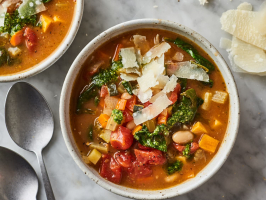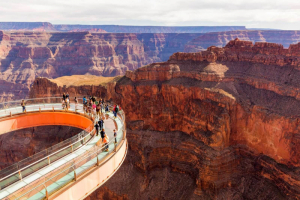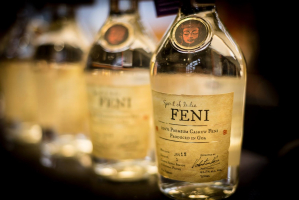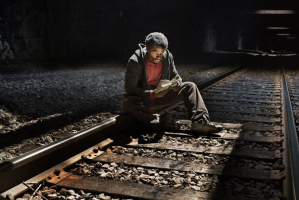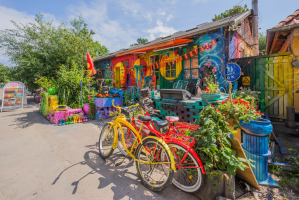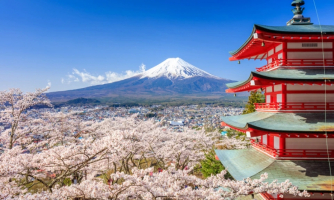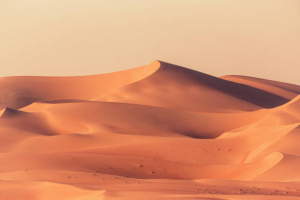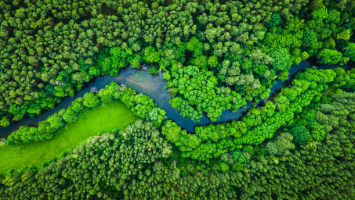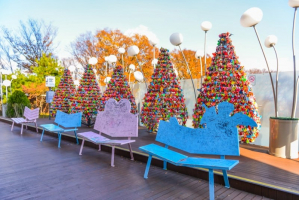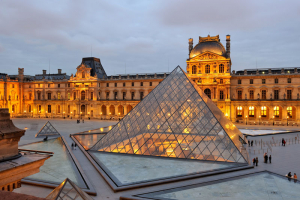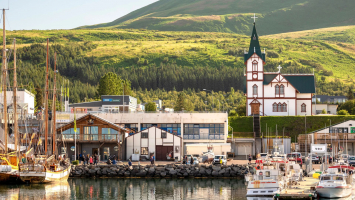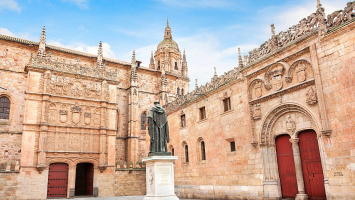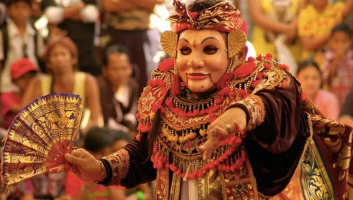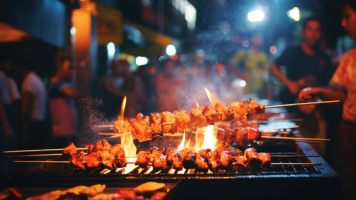Top 7 Winter Solstice Celebrations From Around the World
The winter solstice is the time when the earth is tilted furthest away from the sun. Numerous cultures observe various celebrations and rituals to mark this ... read more...celestial event. Here is a list of some of the interesting winter solstice celebrations by various countries around the world.
-
The St. Lucia tradition is as integral to Swedish culture. This 400-year-old custom is an atmospheric event involving Christmassy treats and a singing line-up of candle-carrying characters dressed in white gowns. The custom is even played out on national TV and in kindergartens, schools, care homes, churches, and offices across the country. The St. Lucia tradition can be traced back to the 4th century. It honors the martyr Lucia of Syracuse, who is remembered for carrying food to Christians who were sheltering in Roman catacombs while illuminating her path with a wreath of burning candles on her head. Moreover, since December 13 marked the shortest day in the Julian calendar, dark spirits were believed to be active during the long night. Therefore, staying awake was paramount, and eating helped – another connection to the small feast associated with today’s St. Lucia celebration.
You may witness the St. Lucia celebration in a variety of locations, including churches, town halls, and even restaurants if you happen to be in Sweden at the right time. Many festivities are staged around dusk. A girl will be chosen to be the "Lucia" for the ceremony. Lucia’s defining feature is the lit-up wreath on the top of her head. Traditionally, real candles were used, but for safety reasons, they’ve been replaced by battery-powered ones. During the celebration, people eat gingerbread biscuits and an S-shaped saffron bun called a “Lussekatt” – a treat almost as classic as the cinnamon bun. For drinks, people have coffee, and “glögg” (mulled wine), served with almonds and raisins.Duration: 13th December
Location: Sweden
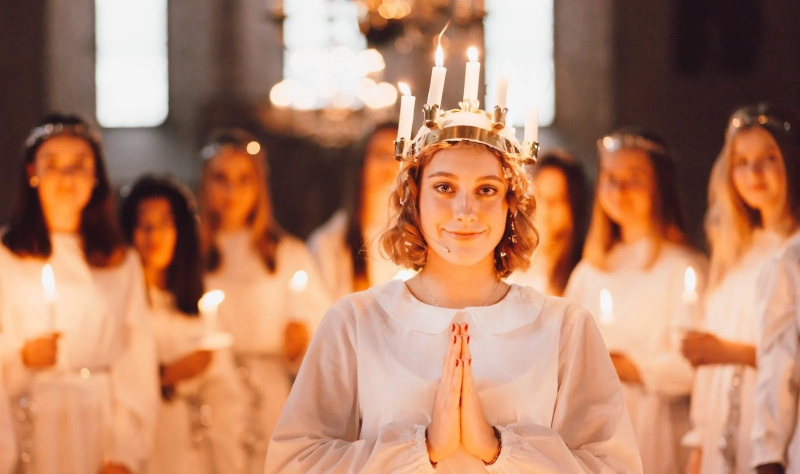
Photo: www.lifeinnorway.net Video: Jonna Jinton -
Stonehenge is a world-famous ring of prehistoric standing stones. This site is located at the heart of a 6,500-acre World Heritage Site and is thought to have been constructed between 3,000 BC and 2,000 BC. Such constructions were created by ancient civilizations to line up with the sun at specific times, and some of them practiced sacred ceremonies at dusk every day to ensure the sun would rise again the next day. When winter comes, this place becomes one of the most visited places in the UK because a special winter solstice celebration will be held here, which is the Stonehenge gathering.
Each year, thousands of people travel to Stonehenge and gather there to mark the winter solstice and witness the sunrise after the longest night of the year. The ceremony is now held by local pagan and druid groups. Since this place is a World Heritage Site, there are no shops and restaurants around it, and participants need to bring their own food, and drinks and follow strict rules to protect the Heritage Site. Because of how famous this celebration is, participants could also be taught about it by an app with 10 languages that they can download on their smartphones. Every year, the Stonehenge gathering is also live-streamed on its YouTube channel.Duration: 21st or 22nd December
Location: The UK
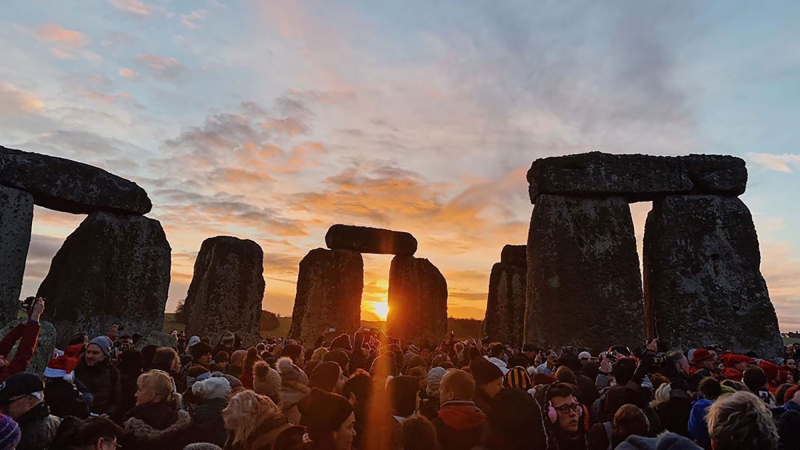
Photo: CNN Video: The Telegraph -
A long-standing custom in China is the celebration of the Winter Solstice at the Dong Zhi, also known as Dongzhi or Dongzhi Festival. People celebrate this on the year's shortest day and longest night. After that day, the daylight hours become longer and longer, which brings people hope for a brighter and better future. As a result, Chinese New Year and the Winter Solstice Festival were originally equally significant. Many festivals and events took place, and some of them continue through generations. For instance, northern Chinese typically eat dumplings, whereas southerners frequently eat wontons or sticky rice balls. There are also customary activities like worshiping the Heaven and the ancestors.
In many areas of northern China, Dong Zhi is also related to an interesting custom. People count the Nines of Winter during the coldest part of winter. The Nines of Winter refers to the nine periods of nine days starting the Winter Solstice. Nine is considered to be the "extreme number," or eternity, in ancient Chinese culture. From the Winter Solstice onward, according to Chinese belief, spring will arrive after nine intervals of nine days. The song charts the changes in the weather and natural world that come before the time for farming to begin again.
Duration: Between the 21st and 23rd of DecemberLocation: China
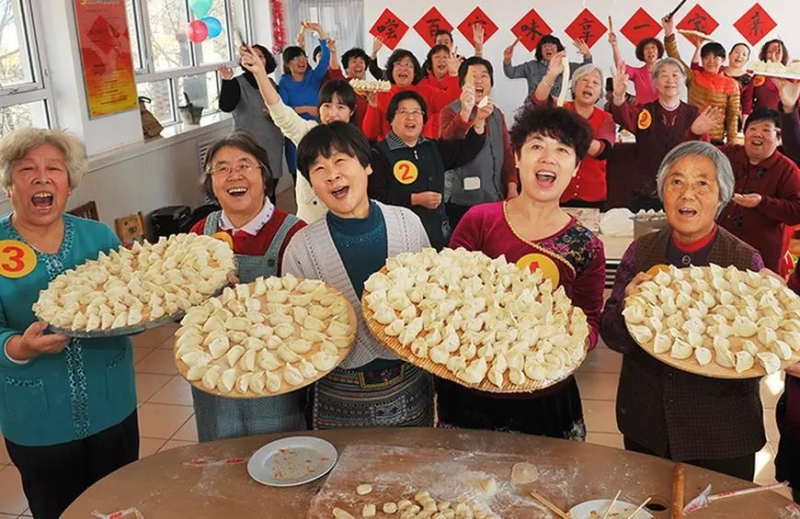
Northern Chinese eat dumplings in Dongzhi - The Diplomatic Insight Video: China Discovery -
Yalda Night is the longest night of the year between sunset on December 21st, the last day of autumn until sunrise on December 22nd, the first day of winter, coinciding with the winter solstice in the Northern Hemisphere. On this day, people in Iran celebrate Yalda in a form of an overnight family gathering. Yalda has been one of the holy nights from ancient Iran, included in the official calendar of the ancient Iranians from 502 BC. The celebration is all about honoring the slow return of daylight as the shortest day of the year comes to an end. Like any good celebration, food plays a vital role.
Traditionally, people prepared festive fruits such as pomegranate, watermelon, persimmon, medlar, dried fruits, and nuts. Additionally, sweets like Persian Baklava or Baslogh are very common items on Yalda. Moreover, during Yalda, what stands out the most is the warmth and coziness of the korsi, a pot of hot charcoals placed under a knee-high table. The table is then covered with a giant thick quilt, creating a toasty nighttime refuge for the entire family. Parents and children could easily spend the entire night around the korsi, chatting, eating, and sleeping.Duration: From December 21st to December 22nd
Location: Iran
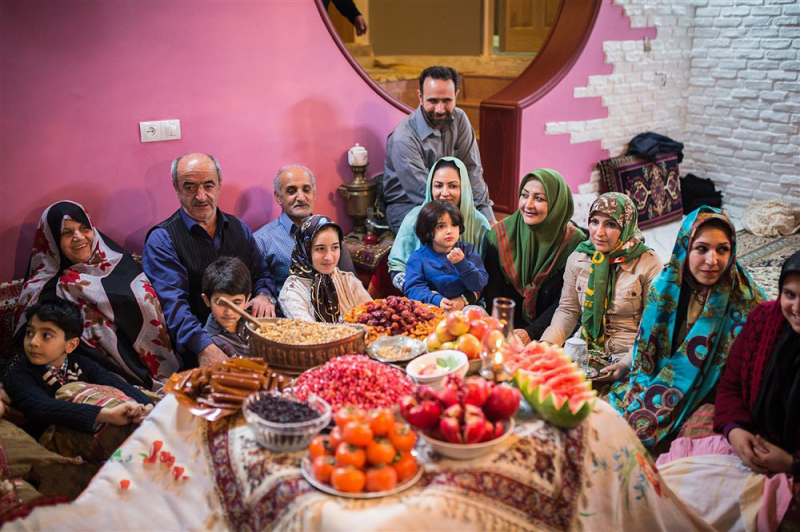
Photo: Tehran Times Video: Explore Now -
The next winter solstice celebration on our list is a very unique one. held in the mountains of northeast Arizona, by a tribe called Hopi. This celebration is known by the name Soyal. The ceremony of Soyal occurs during the winter solstice and can be as long as 16 days. This celebration symbolizes the second phase of Creation at the Dawn of Life, it celebrates all things that nature has created. Its prayers and rituals implement a plan of life for the coming year, ceremonially turning back the sun toward its summer path. Moreover, The Hopi believe that Soyal is where everything that will happen throughout the year is planned.
During Soyal, people participate in all-night ceremonies involving dancing and singing; the kachinas may even bring gifts to the children. Elders tell youngsters stories at Soyal time, imparting important teachings like respect for others. In the celebration, the Sun Chief will announce the setting of the sun on the solstice. Traditionally, he was not only important to the winter solstice tradition, but his duties also take an important part in the planting of crops and the observance of Hopi ceremonies and rituals all year long.Duration: Up to 16 days, from December 21st or 22nd
Location: Arizona, USA
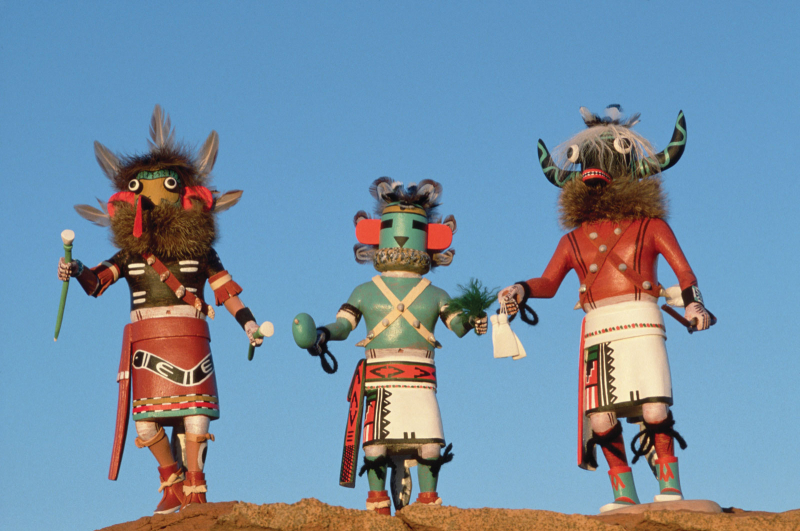
Photo: Sub Sea Systems Video: Octavia Fellin Public Library -
Newgrange is a 5,200-year-old passage tomb built by Stone Age farmers, located in the Boyne Valley in Ireland's Ancient East. Newgrange has been designated a World Heritage Site by UNESCO. However, in winter, this place is not just a World Heritage Site, but a famous gathering place for so many people to celebrate Winter Solstice, the astronomical phenomenon that marks the shortest day and the longest night of the year.
The reason for that is that Newgrange is best known for the illumination of its passage and chamber by the rising sun at the Winter Solstice. A roof box is located over the opening of Newgrange's channel. In the early hours of mornings around the winter solstice, a beam of light passes through the roof box, ascends the 19-meter passage, and enters the chamber. The sun's rays spread out as it ascends higher in the sky, vividly illuminating the entire chamber. The purpose of Newgrange Gathering is for people to gather here and witness that beautiful sunrise, hoping for a better year to come.
Nowadays, the Office of Public Works (OPW), in partnership with the National Monuments Services (NMS) of the Department of Housing, Local Government and Heritage, live-stream the Newgrange Gathering celebration via cameras located around the site. You can watch them on their official Youtube channel.Duration: 22nd December
Location: Ireland
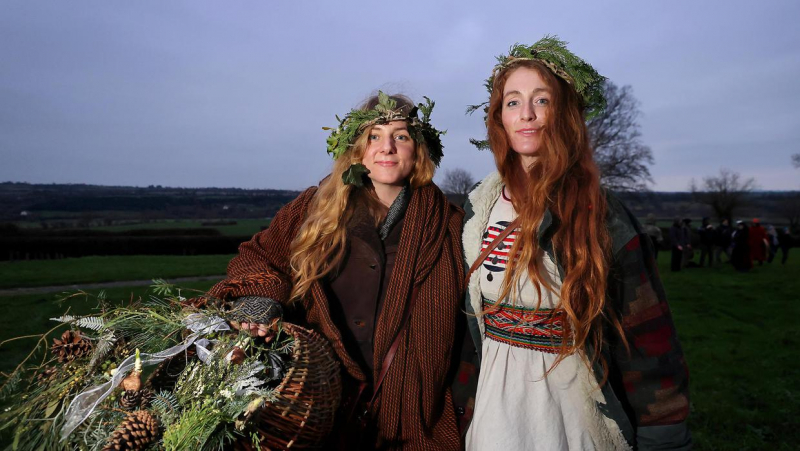
Photo: Independent.ie Video: RTÉ News -
Toji, the winter solstice in Japan, naturally falls on the shortest day of the year. Bathing is a common practice, whether it is in the comfort of one's own accommodations or at a natural hot spring onsen. Many Japanese also take a yuzu-yu, or yuzu bath at home. Throwing a few of these full citrus fruits—prized for their cleansing and healing properties—is said to bring good fortune and ward off evil spirits.
Toji has its roots in the Chinese philosophy of ying and yang, which represents the balance and harmony of the life force. The shortest day of the year is thought to be when cold and darkness, or "yin," are most prevalent. The 'yang' of warmth and light will be here after the yin is gone, and spring will be back in a short while. In order to celebrate the winter solstice, Japanese people embrace the cold weather before having a hot bath and saying a prayer for good health before eating auspicious foods.During Toji, in some prefectures, itokoni—a simmered dish made of adzuki beans and kabocha, the latter a winter staple—is very popular. Kabocha itself is considered lucky. Additionally, the red color of the beans—often seen during Japanese celebrations—is believed to guard against evil. Renkon, a different solstice meal, derives from the unmori linguistic practice. The word "u-n," which means fortune in Japanese, rhymes with the sound of the letter "n." Therefore, Renkon is also usually prepared during Toji.
Duration: Around December 20th - 23th
Location: Japan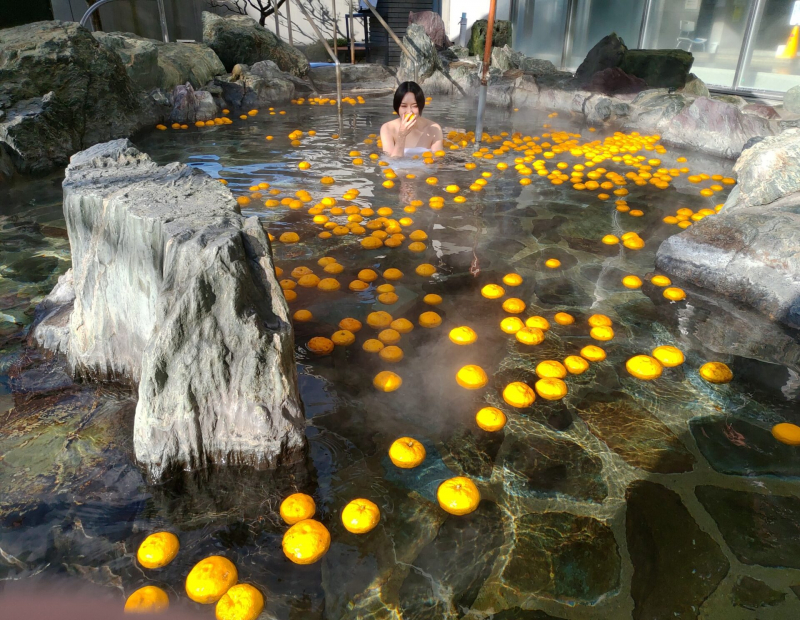
Photo: 真岡井頭温泉 Video: ANNnewsCH









